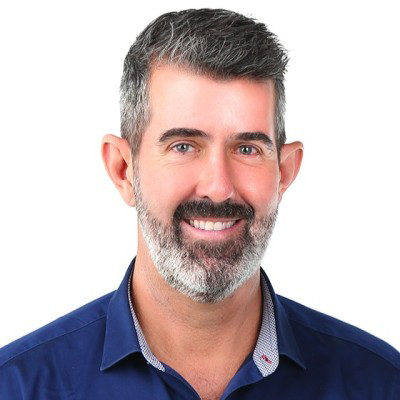Q1. Why has software composition analysis become so important for enterprise organizations? Is security the primary use case for it, or are there equally other important use cases for SCA?
Digital transformation is now on every company's agenda. As enterprises begin their digital transformation journeys, manual tracking of open-source code is no longer sufficient; it simply can't keep up with the sheer amount of open-source code being used to accelerate development. Development speeds in enterprises are skyrocketing due to the adoption of DevOps methodologies and organizations need security solutions that can maintain development velocity. Automation within SCA tools helps to achieve this.
Security remains the main driver for software composition analysis because cloud-native applications, as well as traditional applications, are becoming more complex in their nature.
Besides security, the other use case for software composition analysis is license compliance. There are many different types of open-source licenses each with its own benefits and limitations. Organizations need to be careful at using certain licenses that might violate their company's policies and break end-user agreements.
Q2. How have cloud adoption and microservices architectures complicated the secure code development challenges at enterprise organizations?
Security remains the main driver due to the fact that cloud-native applications as well as traditional applications are becoming more complex in their nature.
There are many moving parts in a distributed cloud native architecture, and as a result, the attack surface has increased. Also, as more and more cloud infrastructure is being codified and therefore automated, developers (who are not security experts) are maintaining these components, which can leave businesses exposed through weak links in the software supply chain.
Q3. What can customers expect from Snyk at Black Hat Asia 2022?
Developer-first security is our core. We are looking forward to sharing our developer-first security practices and industry insights on software supply chain security along with example use cases. Come visit us at Booth A01, talk to our experts and find out more about our Cloud Native Application Security platform and how we help other enterprise organizations achieve their DevSecOps goals.




